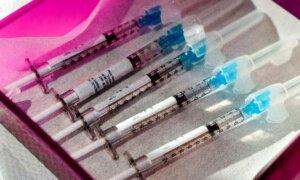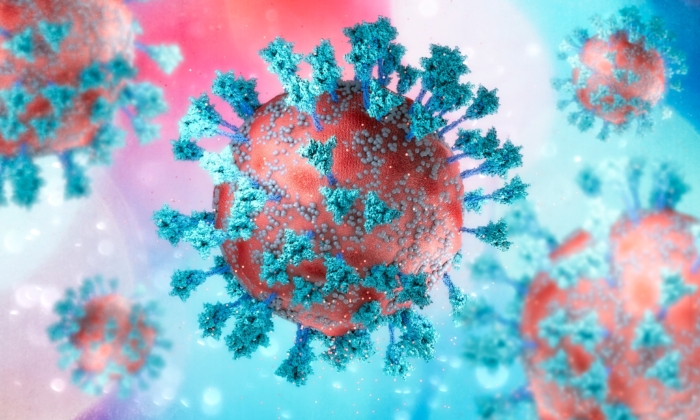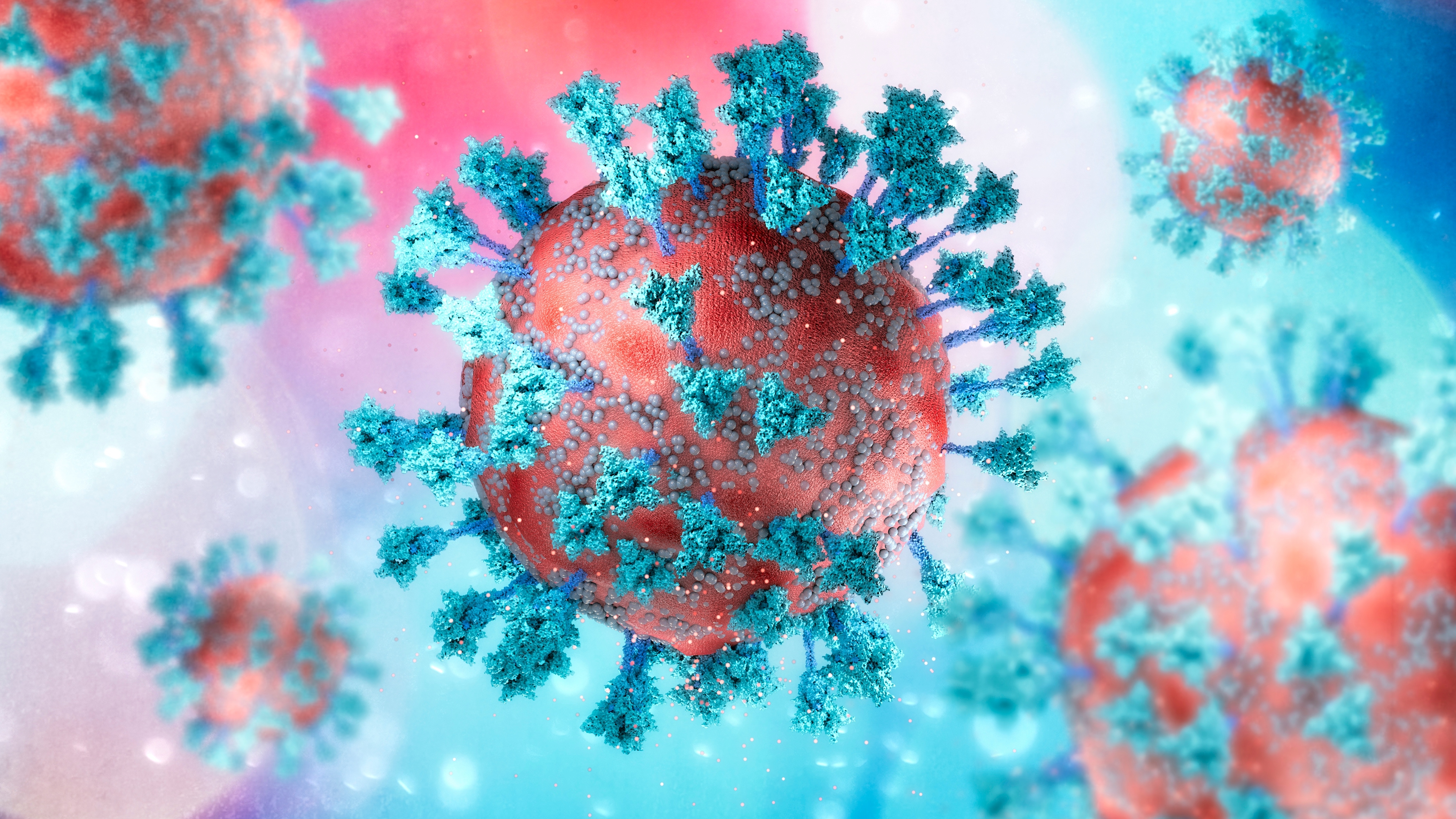How the COVID Virus Defends Itself From the Human Immune System
Researchers believe they’ve identified the mechanisms that allow the SARS-CoV-2 virus to be so effective at making us sick.
Just how was the COVID-19 coronavirus so successful?
The question has eluded scientists and medical professionals since the novel virus swept the globe in 2020, infecting over 700 million people and killing almost 7 million, according to official accounts.
Like an army commander developing strategies, the COVID virus defends itself by developing strategies against the human immune system in a molecular arms race, wrote professor Kai Tittmann, lead researcher of a team at the University of Göttingen and University Medical Center Göttingen that looked into how the coronavirus defends itself against the human body.
The virus is like a chameleon, constantly mutating, enabling it to infect human cells more effectively and rapidly. Despite some damage control afforded by medical efforts, this constant mutation has allowed the virus to morph into different strains, causing additional global outbreaks like the omicron outbreak of November 2021.
“It is fascinating to see how chemically elegant and effective the coronavirus is against the immune system,” Mr. Tittmann said in a press release. “Interestingly, a coronavirus discovered earlier—severe acute respiratory syndrome, also known as SARS-CoV-1—which triggered the 2002 to 2004 outbreak, also has these protective switches. This is the first this has been shown.”
Mr. Tittmann’s team found these processes possible due to protective switches within the virus that shield it from the human immune system’s attack systems. The switches are located within the virus’ main protease, a protein. The virus uses the protein to remove other viral proteins in infected cells. Consequently, the process—using the amino acid cysteine, a main protein-building block—enables the replication of SARS-CoV-2 within the body.
“From a chemical point of view, this could be an Achilles heel for the coronavirus, as cysteines can be destroyed by highly reactive oxygen radicals, which our immune system uses to fight viruses,” Mr. Tittmann explained.
However, according to Mr. Tittmann, the virus’ switch prevents free radicals from destroying it. The switch will force the cysteine to bond with two sulfur atoms, creating a shield that prevents the cysteine from being destroyed by the immune system’s attack with free radicals. At the same time, the virus creates a secondary shield using sulfur and oxygen atoms and a single nitrogen atom, further preventing free radicals from damaging it.
Armed with the knowledge of how the switches work, Mr. Tittmann’s team went to work to determine if any molecules could bind to the protective switches, inhibiting the virus’ process. They identified such molecules in both test tubes and infected cells.
“This type of molecule opens up the potential for new therapeutic interventions which will stop coronaviruses in their tracks,” said Lisa-Marie Funk, first author of the study.
This article has been archived for your research. The original version from Epoch Times can be found here.






